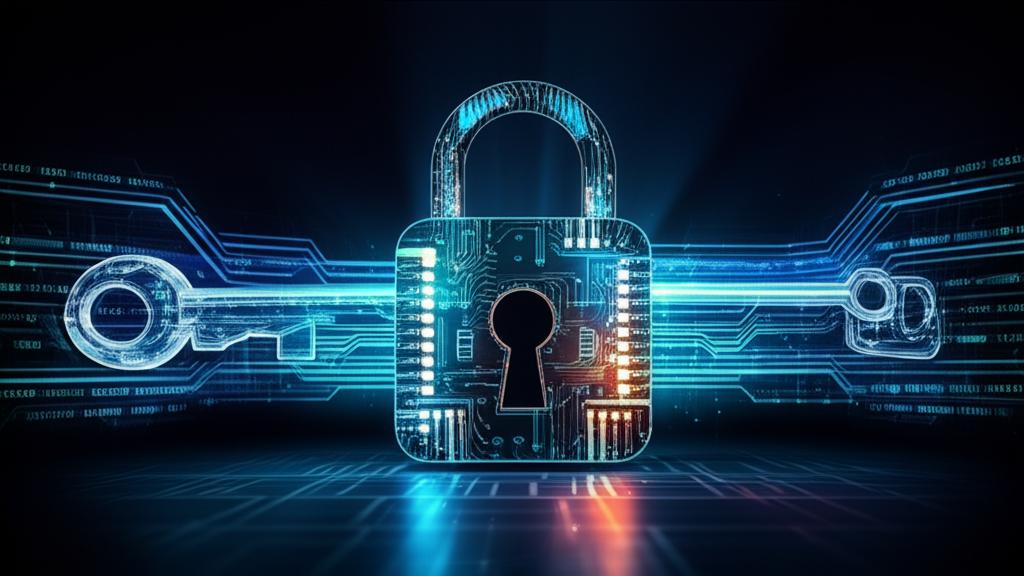Unlocking Digital Fortress: The Power of PGP Encryption
What is PGP Encryption?
In an increasingly interconnected world, safeguarding digital communications is paramount. PGP Encryption, or Pretty Good Privacy, stands as a cornerstone technology for ensuring data confidentiality and authenticity. Developed by Phil Zimmermann in 1991, PGP Encryption has empowered individuals and organizations to communicate securely, protecting their sensitive information from prying eyes. Understanding PGP Encryption is crucial for anyone serious about digital privacy.
What Exactly is PGP Encryption?
PGP Encryption is an end-to-end encryption program that provides cryptographic privacy and authentication for data communication. It uses a hybrid encryption system, combining the speed of symmetric-key encryption for data encryption with the security of public-key cryptography for key exchange. This robust approach makes PGP Encryption a powerful tool for securing emails, files, and even entire disk partitions. Its primary goal is to ensure that only the intended recipient can read the message and that the message hasn’t been tampered with.
How PGP Encryption Works: A Simplified Overview
The magic of PGP Encryption lies in its clever combination of cryptographic techniques:
- Symmetric-key Encryption: When you encrypt a message, PGP first generates a random, one-time symmetric key (also known as a session key). This key is used to encrypt the actual message data. Symmetric encryption is very fast, making it ideal for large amounts of data.
- Public-key Cryptography:
- Key Pairs: Each user of PGP Encryption has a unique pair of keys: a public key and a private key.
- Public Key: This key can be freely shared with anyone. It’s used by others to encrypt messages for you and to verify your digital signatures.
- Private Key: This key must be kept secret and secure. It’s used by you to decrypt messages that were encrypted with your public key and to create your digital signatures.
- Key Exchange: After the message is encrypted with the symmetric session key, that session key itself is then encrypted using the recipient’s public key.
- Decryption: The encrypted message and the encrypted session key are sent to the recipient. The recipient uses their private key to decrypt the session key. Once the session key is recovered, it’s used to decrypt the actual message content.
Digital Signatures: Ensuring Authenticity
Beyond confidentiality, PGP Encryption also provides digital signatures. When you sign a message with PGP:
- PGP creates a hash (a unique fingerprint) of your message.
- This hash is then encrypted using your private key.
- The recipient uses your public key to decrypt the hash.
- The recipient also computes their own hash of the received message.
- If both hashes match, it confirms two things: the message indeed came from you (authentication) and it hasn’t been altered since you signed it (integrity).
Key Benefits of PGP Encryption
- Confidentiality: Keeps sensitive information private from unauthorized access.
- Integrity: Ensures messages haven’t been tampered with in transit.
- Authentication: Verifies the sender’s identity.
- Non-repudiation: Prevents senders from falsely denying they sent a message.
- Widespread Adoption: Available across various platforms and integrated into many email clients.
Common Use Cases for PGP Encryption
- Secure Email Communication: The most common application, protecting email content and attachments.
- Encrypting Files and Directories: Securing sensitive documents on a local drive or cloud storage.
- Secure File Transfer: Ensuring files remain private when shared over insecure networks.
- Software Package Verification: Developers often sign their software releases with PGP to allow users to verify authenticity.
The Future of Secure Communication
While newer encryption standards exist, PGP Encryption remains a robust and widely respected method for personal and professional digital security. Its decentralized nature and reliance on open standards have contributed to its enduring legacy. Mastering PGP Encryption is a valuable skill in today’s digital landscape.
Conclusion
PGP Encryption is an indispensable tool for anyone seeking to protect their digital communications. By understanding its fundamental principles of symmetric and public-key cryptography, and its ability to provide both confidentiality and authentication, users can harness the power of PGP Encryption to build a more secure digital life.







